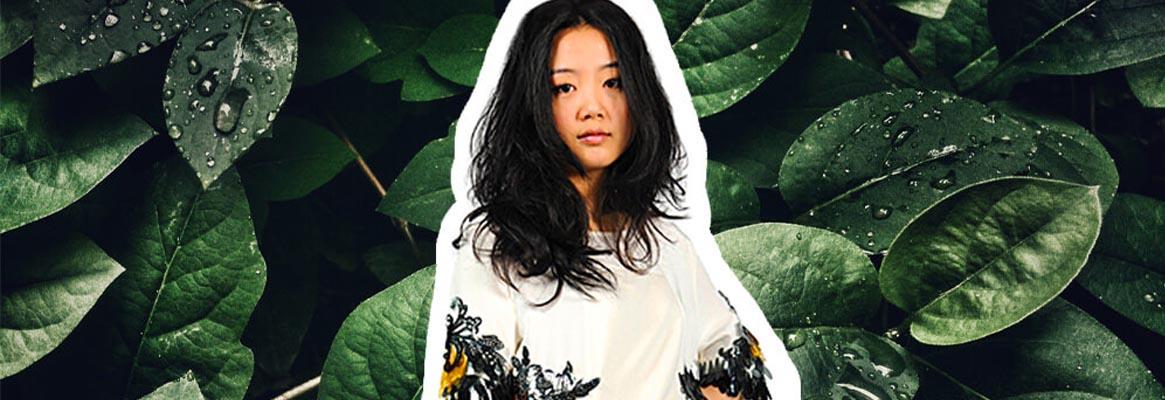Biodegradable Fabric – Time to let science solvesfashion’s biggest problem.
You might not realise, but plastic, a petroleum-basedproduct, is the most used material in the fashion industry right now. Infashion, plastics are turned into many types of fabrics such as organza, nylon,lycra, sequins, even ‘vegan leather‘ and vegan fur.
Biodegradable Fabric
PVC’s and plastic-based fabrics are polluting andunsustainable, with a profound negative impact on animal welfare and theenvironment. Plastic fabrics are synthetic polymers that emit persistent,toxic, and bioaccumulative chemicals, known to disrupt hormone balance andcause cancer.
Moreover, plastic fabrics can stay in the environment forhundreds of years, clogging up ecosystems such as oceans, rivers and soils withchemical pollution.
Until now. Rachel Clowes, a London-based embroidery andprint designer, has created a new type of sequin that biodegrades at the end ofits fashion lifetime.
Called ‘bio-sequins’, Rachel’s biodegradable fabric creationsare designed to sparkle for a few wears and then safely biodegrade.
“Plastic sequins shimmer for a few hours on thedancefloor, only to end up in a landfill, lying there for centuries if notmore,” says Clowes.
Dissolve in Boiling Water

Clowes’s quest to create a biodegradable fabric that could solve fashion’s waste and pollution problem materialised into organic bio-sequins that dissolve in boiling water.
The bright, shiny bio-sequins are made from water, fruit glycerine, starch, and natural dye and have the rigidity and flexibility of conventional plastic.
Once dissolved, the biodegradable fabric sequins turn into a solution that can be composted. Moreover, the solution feeds plants and crops by returning the nutrients found in the natural dye and fruit glycerine back to the environment.
Clowes next advent is a biodegradable fabric sequin made from PLA (polylactic acid), a biodegradable polymer made from plants and bread waste, often used in biodegradable packaging.
Without Impacting Style
The biodegradable fabric sequin could last a lifetime in the wardrobe but breaks down with ease when exposed to a microbial environment such as compost-rich soil.

With the understanding that throwaway fashion will never go away, Rachel’s invention of an environmentally friendly and biodegradable fabric could finally put an end to fashion waste and pollution without affecting the aesthetics.
This article has not been edited by Fibre2Fashion staff and is re-published with permission from thevou.com










Comments